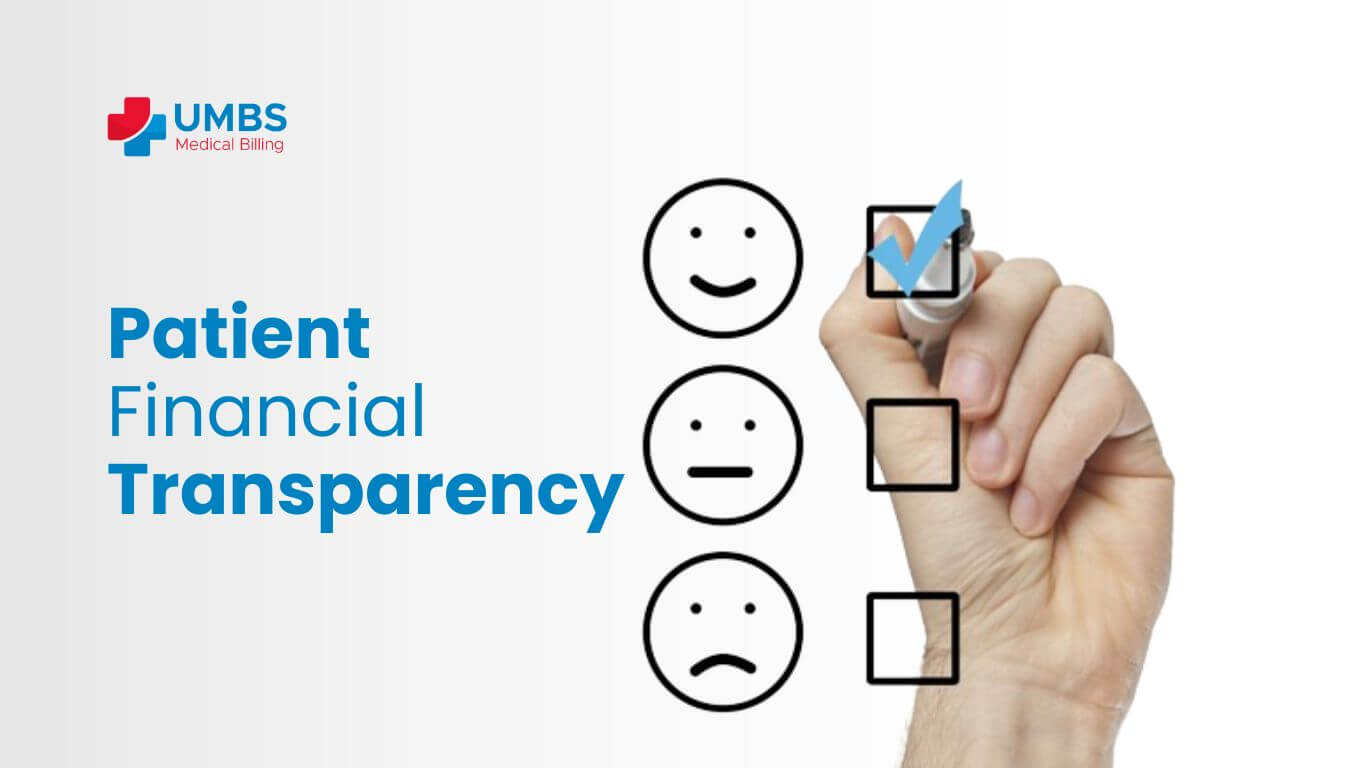In the ever-evolving landscape of healthcare, where patient-centered care is paramount, ensuring patient satisfaction is a top priority for medical practices. One often overlooked aspect of patient satisfaction is financial transparency. Patients today are not only seeking high-quality medical care but also demanding clarity and openness when it comes to the financial aspects of their healthcare journey. In this article, we will explore how improving patient satisfaction through financial transparency can be a game-changer for healthcare providers.
The Importance of Patient Satisfaction
Patient satisfaction is more than just a buzzword in healthcare. It directly impacts a medical practice’s reputation, patient retention rates, and, ultimately, its financial health. Satisfied patients are more likely to:
- Happy patients are loyal patients. They are more inclined to return for follow-up appointments and ongoing care, contributing to a consistent revenue stream.
- Satisfied patients become advocates for your practice. They are more likely to refer friends and family, expanding your patient base.
- Patients who trust their healthcare providers are more likely to adhere to treatment plans, resulting in better health outcomes and fewer complications.
- Patients who understand their medical bills and the associated costs are more likely to settle their bills promptly, reducing the burden of unpaid or delayed payments on your practice.
Also Read: Understanding Value-Based Reimbursement Models
The Role of Financial Transparency
Financial transparency involves openly communicating with patients about the costs of healthcare services, insurance coverage, out-of-pocket expenses, and billing processes. Here’s how it can significantly enhance patient satisfaction:
- Patients appreciate knowing what to expect in terms of costs before they receive care. Transparent pricing and estimates help patients plan their finances and reduce the stress associated with unexpected bills.
- Understanding insurance coverage can be bewildering for patients. Providing clear explanations about what is covered and what is not, as well as assisting with claims, alleviates confusion and frustration.
- Transparent billing practices, including itemized bills and explanations of charges, empower patients to review and question their bills when necessary. This clarity reduces billing disputes and enhances trust.
Offering flexible payment options, such as payment plans or online payment portals, makes it easier for patients to manage their medical bills, improving their overall experience.
Strategies for Enhancing Financial Transparency
Improving patient satisfaction through financial transparency requires a strategic approach:
- Ensure your staff is well-informed about insurance processes, billing procedures, and the importance of transparent communication. They should be able to answer patient questions confidently.
- Avoid medical jargon when discussing financial matters with patients. Use simple, easy-to-understand language to explain costs, insurance coverage, and billing.
- Offer written materials, such as brochures or pamphlets, that outline common insurance terms, billing processes, and payment options.
- Develop a patient portal where patients can access their medical records, bills, and insurance information. This not only enhances transparency but also provides convenience.
- Encourage patients to ask questions about their bills and insurance coverage. Create an environment where patients feel comfortable discussing financial matters.
Consider providing a price list for common services on your website or at your practice. This helps patients understand the costs upfront.
Also Read: Sustainable Financial Practices for Healthcare Organizations
The Impact on Revenue Cycle Management
Enhancing financial transparency doesn’t just benefit patient satisfaction; it also positively impacts revenue cycle management. With fewer billing disputes, quicker payment processing, and higher patient retention rates, your practice can enjoy:
- Clear communication results in timely payments and fewer billing delays, ensuring a steady and predictable revenue stream.
- Fewer billing disputes and errors mean lower administrative costs associated with handling disputes and collections.
- Streamlined billing processes, online payment options, and clear communication can significantly improve the efficiency of your revenue cycle management.
Conclusion
Financial transparency is not just a buzzword; it’s a fundamental element of patient-centered care and effective revenue cycle management. By prioritizing transparent communication about costs, insurance, and billing, healthcare providers can boost patient satisfaction, nurture loyalty, and enhance their financial well-being. The impact goes beyond financial numbers; it extends to the trust and confidence patients have in their healthcare providers, fostering a healthier, more satisfied patient population. In an era where healthcare choices abound, financial transparency can set your practice apart as a provider that genuinely cares about its patients’ well-being, both medically and financially.






